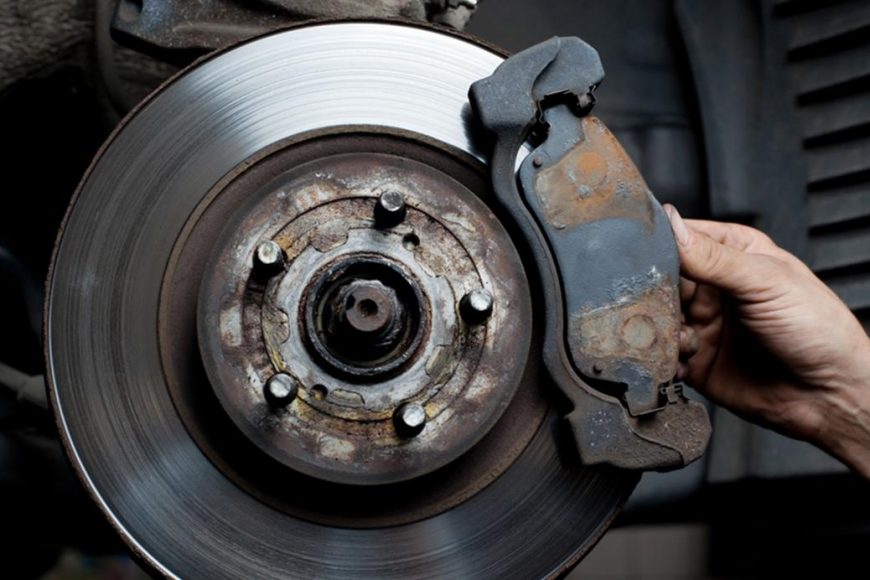- November 1, 2018
- By Gemma Potaka
- In Uncategorized
- 1700
- 0

Usually indicates metal‐to‐metal contact and the need for a long overdue brake job. Drum and rotor replacements will likely be needed in addition to new linings and brake hardware. Some disc pads have wear indicator warnings fitted which give out a screeching sound. This means the brakes need immediate attention.
Commonly caused by vibrations between the disc pads and calliper, which may be cured by resurfacing or replacing the rotors, installing new pads and pad shims, or applying brake grease or noise compound to the backs of the pads.
Oil, grease or brake fluid on the linings will cause them to grab. The cure is to identify and eliminate the source of contamination, and then replace the linings. Badly scored drums or rotors can also grab. Resurfacing or replacement may be needed.
May create a steering pull and/or increased fuel consumption. Caused by weak or broken retracting springs on drum brakes, a jammed or corroded calliper piston, a floating calliper with badly corroded mounting pins or bushings, brake callipers should be overhauled every 60,000 kms (uneven pad wear between the inner and outer pads is a clue here), overextended drum brake self‐adjusters or a sticky or frozen emergency brake cable. It causes extreme wear, excessive temperature and can mean lower performance in emergencies.
Caused by contaminated linings, misadjusted brakes, a bad wheel cylinder or calliper, dragging brakes on one side or loose wheel bearings. Can also be caused by a mismatch of friction materials side‐to side on the front brakes or differences in rotor thickness, type or condition.
Lack of power assist may be due to low engine vacuum, a leaky vacuum hose or a defective booster. Sometimes a faulty check valve will allow vacuum to bleed out of the booster causing a hard pedal when the brakes are applied. This condition can be diagnosed by pumping the vacuum out of the system while the engine is switched off. Then start the engine while the brake pedal is depressed. If there is a sinking feeling when the engine is started the power assist booster is working. After trying this if there is no pedal drop, the power assist booster may need attention. Or there may be a blocked vacuum hose, or a new check valve is needed.
On vehicles equipped with “Hydro boost” power brakes, a hard pedal can be caused by a loose power steering pump belt, a low fluid level, leaks in the power hoses, or leaks or faulty valves in the Hydro boost unit itself (the latter calls for rebuilding or replacing the booster).
These problems, particularly the brake fluid flush, are more critical than ever because antilock brake (ABS) systems are the norm on today’s vehicles. These systems are comprised of complex electrical and hydraulic controls, and they do not tolerate moisture or corrosion.
Is hygroscopic which means it absorbs moisture, as this happens when the boiling point of the brake fluid drops dramatically. This then causes it to boil and therefore loss of brakes will occur. Fluid should be replaced every 2 years or 60,000 kms. When flushing new brake fluid through the system, make sure the master cylinder reservoir has been cleaned. This is to not to flush any contamination through the brake system.
Ask us about our special of the month.
Supply and Fit Front Brake Pads – Most Popular Vehicles – $99 incl GST *
* Conditions Apply





